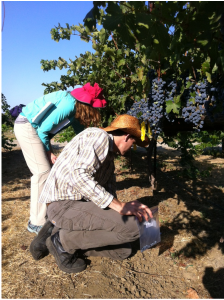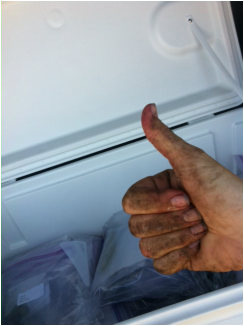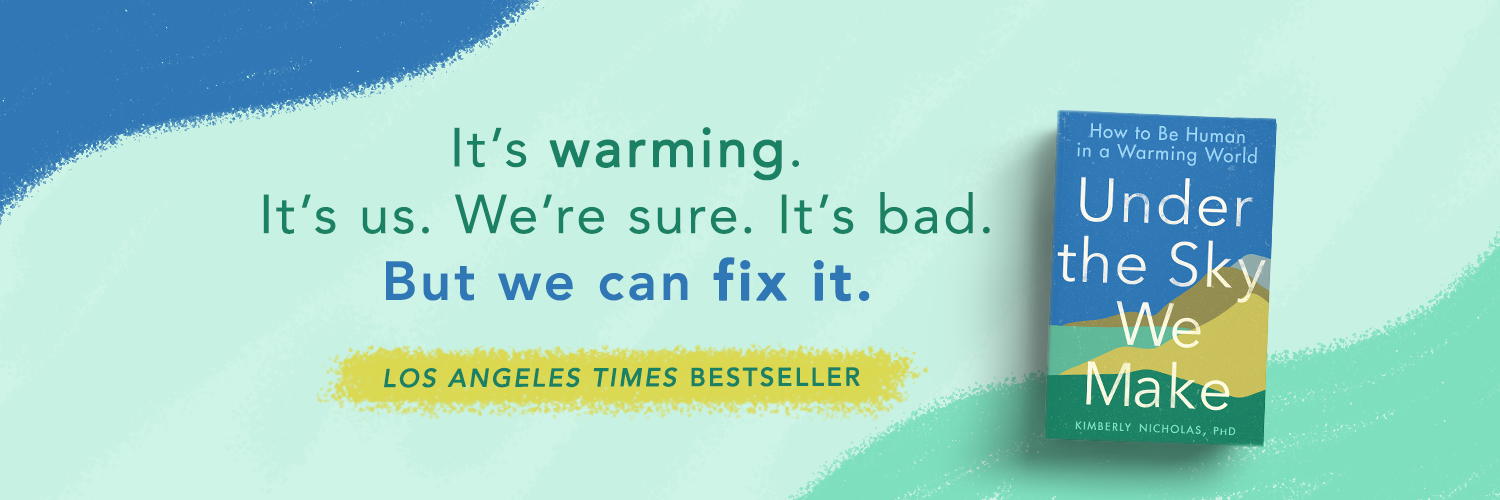|
The end is drawing near for our first field season for the Vitis project, led by Lizzie Wolkovich at Harvard, where we're looking at the timing of development (phenology) for over 100 different varieties of grapevines at the teaching vineyard at the University of California- Davis. Sampling from a common garden like this lets us control for climate, soil, management, and other variables, so we can learn more about how the vines respond to the environment. Over 100 varieties of the world's most commercially important grapevines are planted side-by-side here in this one vineyard; my mom calls it the "Noah's Ark of grapevines." My collaborator Dylan Burge, from the California Academy of Sciences (above left), will be doing genomic analyses to search for the genetic basis of this environmental response. We hope that the results will help us identify relationships that could be useful for adapting viticulture to climate change, perhaps better matching the development and ripening of the vine with a changing environment.
We've already made observations on earlier phenological stages (budburst, where the vines first start growing in the spring; bloom, when the flowers that will develop into individual berries are visible; and veraison, when the berries start changing color and accumulating sugar). The last stage to monitor is ripening, which we're measuring now by taking berry samples in the field and analyzing them for their sugar content in the lab. Different varieties can ripen at very different rates, and achieve different sugar levels at ripeness; generally cool-climate grapes like Riesling ripen earlier and at lower sugar levels than warm-climate ones like Tempranillo. After Lizzie did a heroic singlehanded field campaign for the first sampling date a few weeks ago, it took three of us (Dylan, Teri Barry, and me) to match her for the second round! It was great to get out in the vineyard for a morning and make a small contribution on the ground to the fieldwork that Dylan and Lizzie have been running while I contribute from afar in Sweden. Comments are closed.
|
Categories
All
Archives
November 2023
|
KIM NICHOLAS


 RSS Feed
RSS Feed

